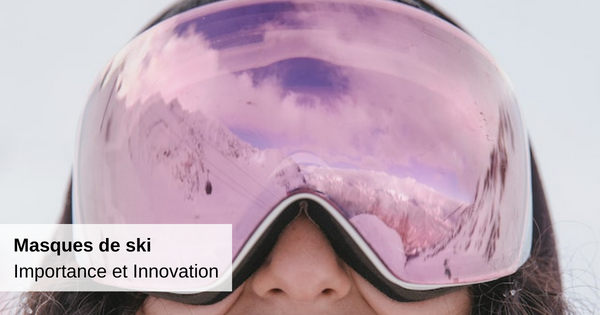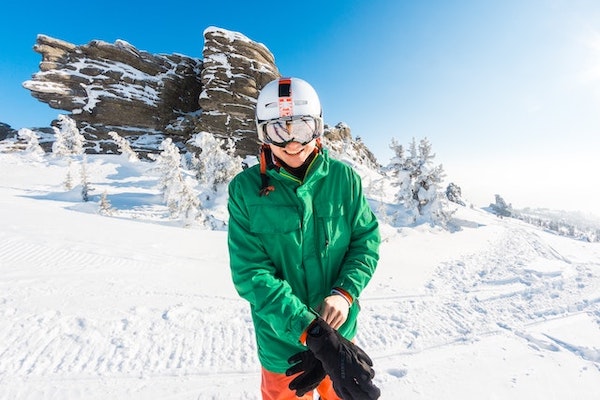Ski goggles: importance and innovation

The winter period is in full swing. For ski enthusiasts, this is an opportunity to renew their equipment. On the vision side, the importance of ski goggles is well established. The latter are not immune to innovation. Manufacturers are increasingly trying to offer equipment that lasts and offers all the necessary protection. Opticians, especially sports-oriented ones, can easily diversify their business by promoting the benefits of quality ski goggles.
How to choose a ski mask?
UV protection, safety, comfort. Three essential elements when skiing, in small or high doses. A mask is not chosen lightly. Thus, optical professionals have a major role to play in advising on and choosing this sports equipment.
First, of course, is protection against ultra -violet which remains essential. In the mountains, the intensity of the sun's rays is more severe than at low altitude. The snow reflects a good part of these rays, especially at times when the traffic is stronger (between 10 a.m. and 3 p.m. approximately). A single day without protection, even with little light due to an overcast sky, can have irreversible damage to the cornea. Not to mention that in terms of safety, risking glare and projection can be extremely dangerous when you are launched at full speed.

To propose a suitable mask, the best thing is still to rely on the category of the screen:
- Category 0 : More than 80% of the light passes through the screen.
- Category 1 : 43% to 80% of the light passes through the screen.
- Category 2 : 3% to 18% of the light passes through the screen.
- Category 3 : 8% to 18% of the light passes through the screen.
- Category 4 : less than 8% of the light passes through the screen.
Category 0-1-2 masks are not recommended if the light is very strong. Categories 3 and 4 are recommended for regular skiers or those who hike at very high altitudes.
The choice of tint, like sunglasses frames , will also have a not insignificant importance. Indeed, dark shades will reduce color changes, especially when the light is strong. The lighter shades (pink, yellow) will enhance the visibility of the reliefs, particularly when the weather is gloomy.
Innovative models
Manufacturers did not wait to adapt innovations in optical and/or solar frames to their ski goggles. Today, very good goggles are equipped with anti-fog or double screen lenses, with an air pocket located in the middle to prevent condensation. But also photochromic lenses that adapt to the ambient light, or even cylindrical lenses to obtain the widest possible field of vision.
As we have seen , the characteristics of ski goggles are different depending on the light and weather, very changeable in the mountains. Should we then walk around with three or four different masks? The Smith brand has tried to respond to this problem with its I/O interchangeable lens mask. Many brands have adopted this handy specification, often with a very innovative clip or magnet system.
https://youtu.be/h05r_kCblI8[/embed ]
Other masks have incorporated this feature, such as the Oxy mask from the My Future Innovation brand. The latter is sold with two possible combinations of lenses: Mirror Silver/Yellow or Mirror Blue/Yellow. In the era of smart glasses, it also incorporates a 150° adjustable video camera, with Full HD 1080p resolution and a 24 megapixel camera.
Innovations that s will further improve over time. In any case, ski goggles remain a safe bet for manufacturers, as well as for opticians.


